Forex has interesting again as the US dollar is suddenly weak throwing up a range of consequences. EUR took off:
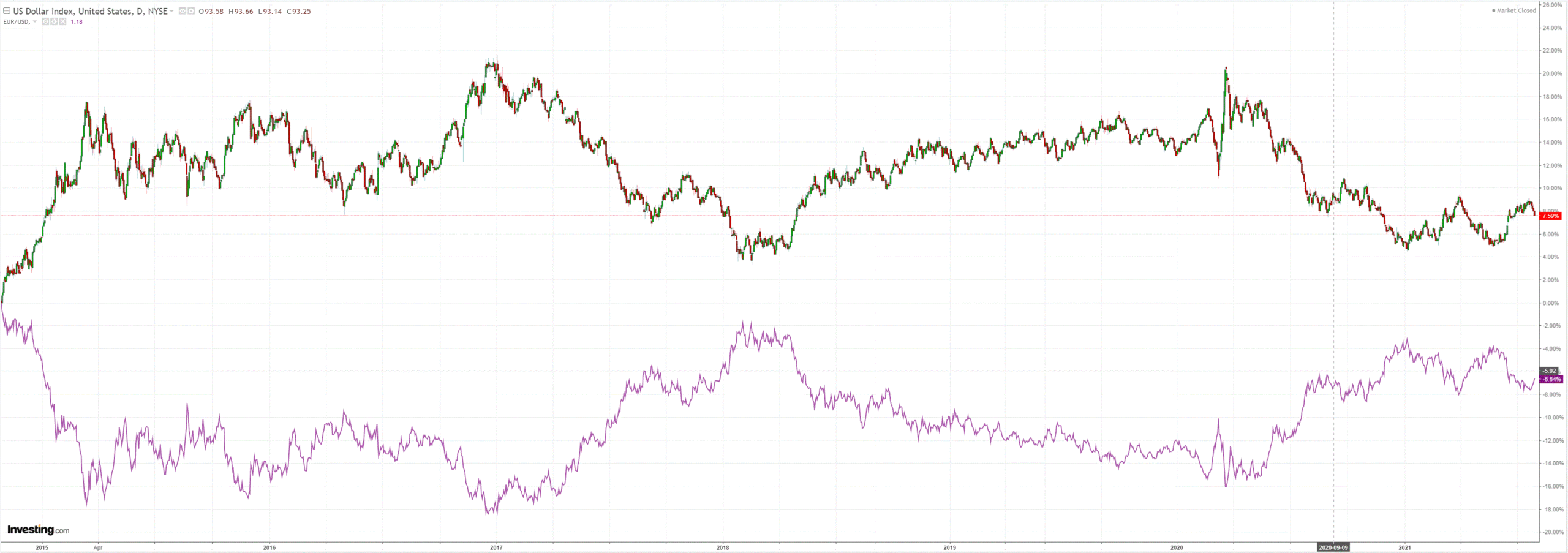
Australian dollar rose but much less than DXY fell and it kept falling against the crosses:
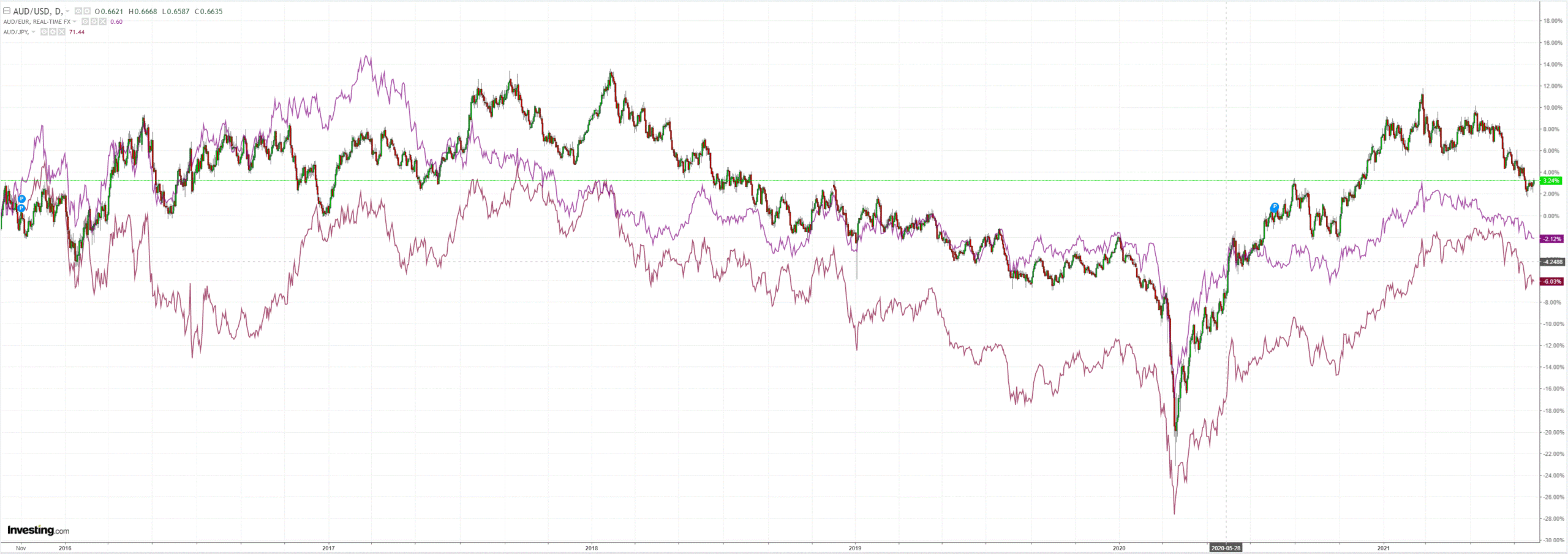
Commodities rose:
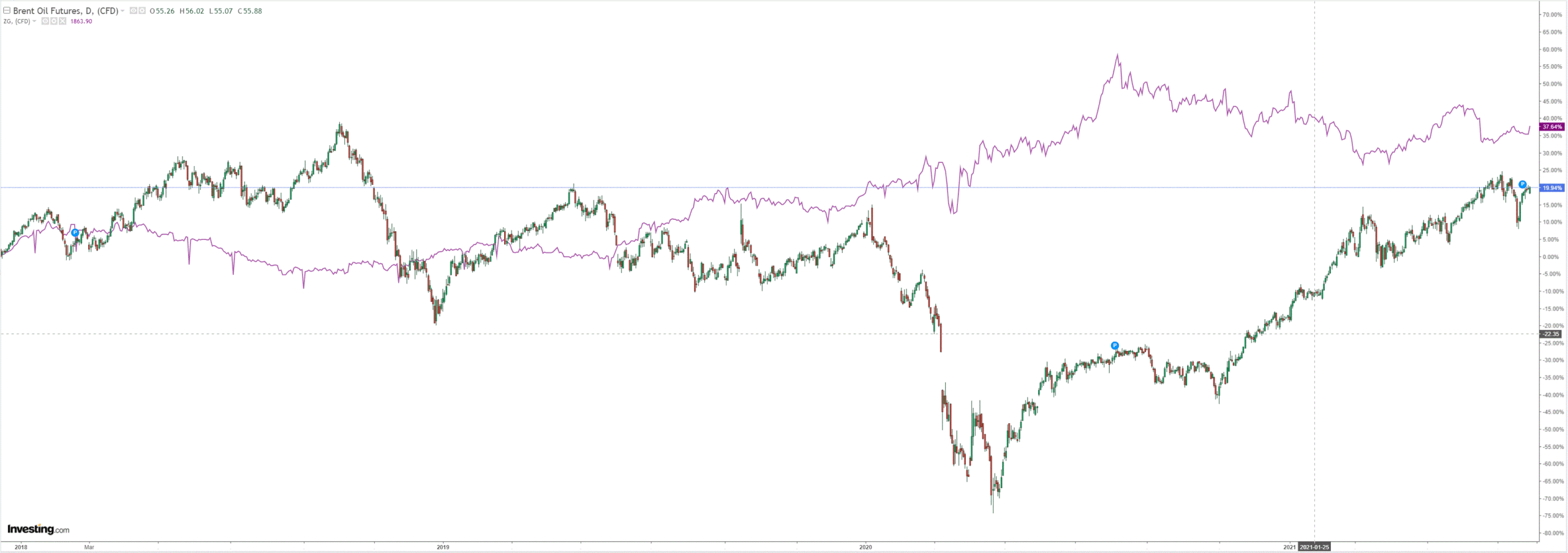
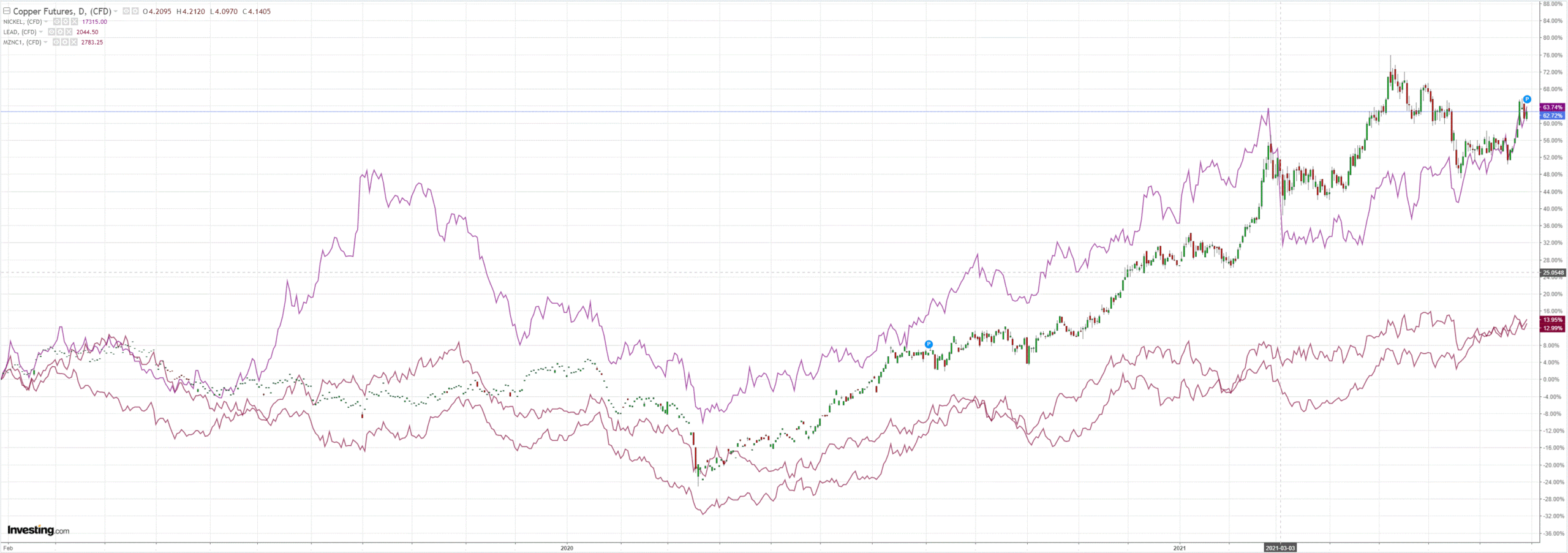
Big miners are powering into the building iron ore correction:
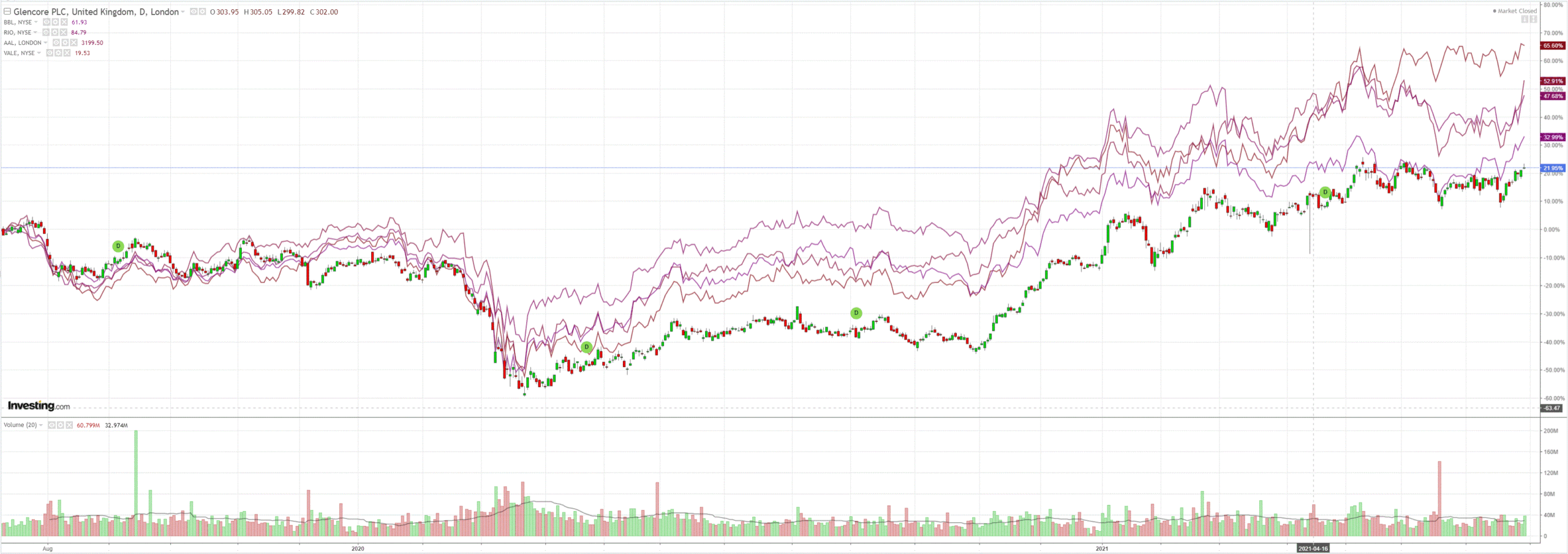
The China stick save lifted EM stocks:
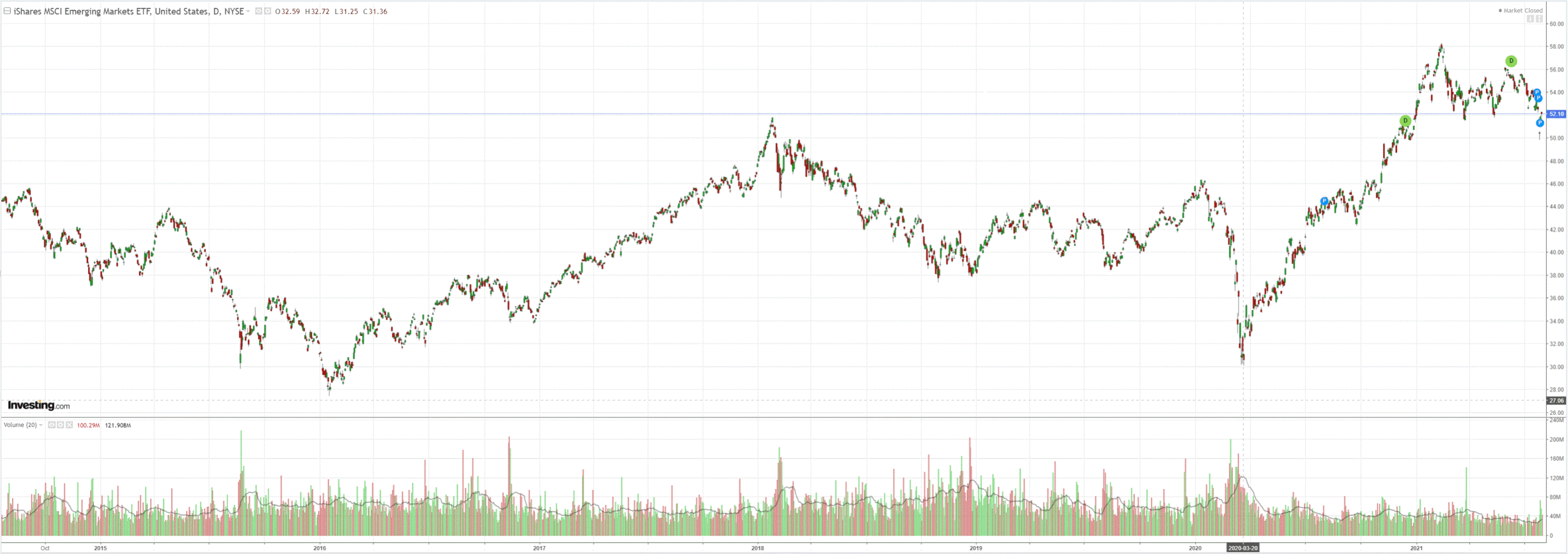
But not junk:
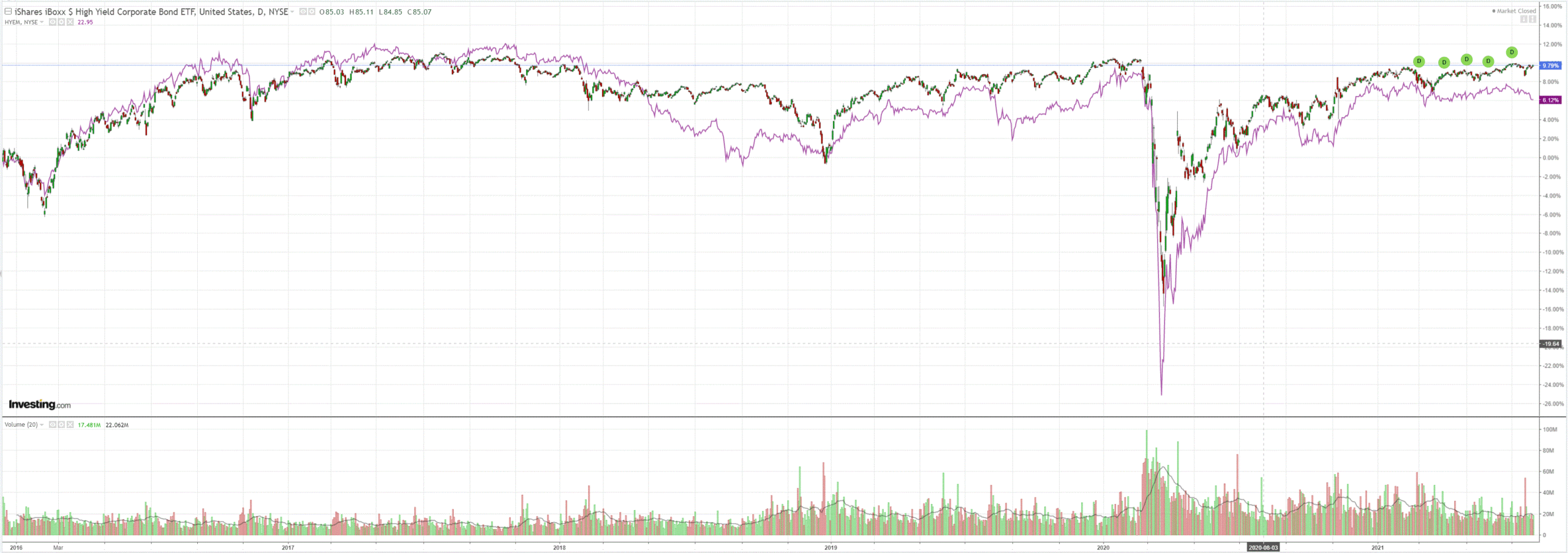
The curve steepened:
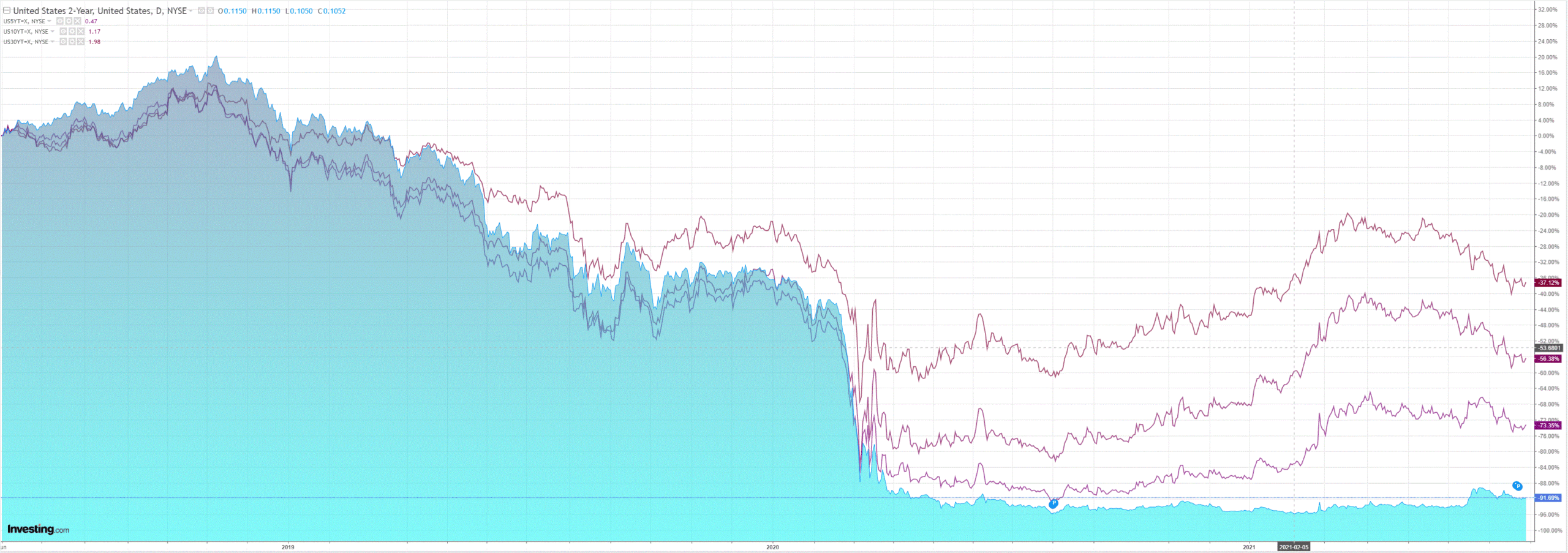
Which gave value the edge over growth:
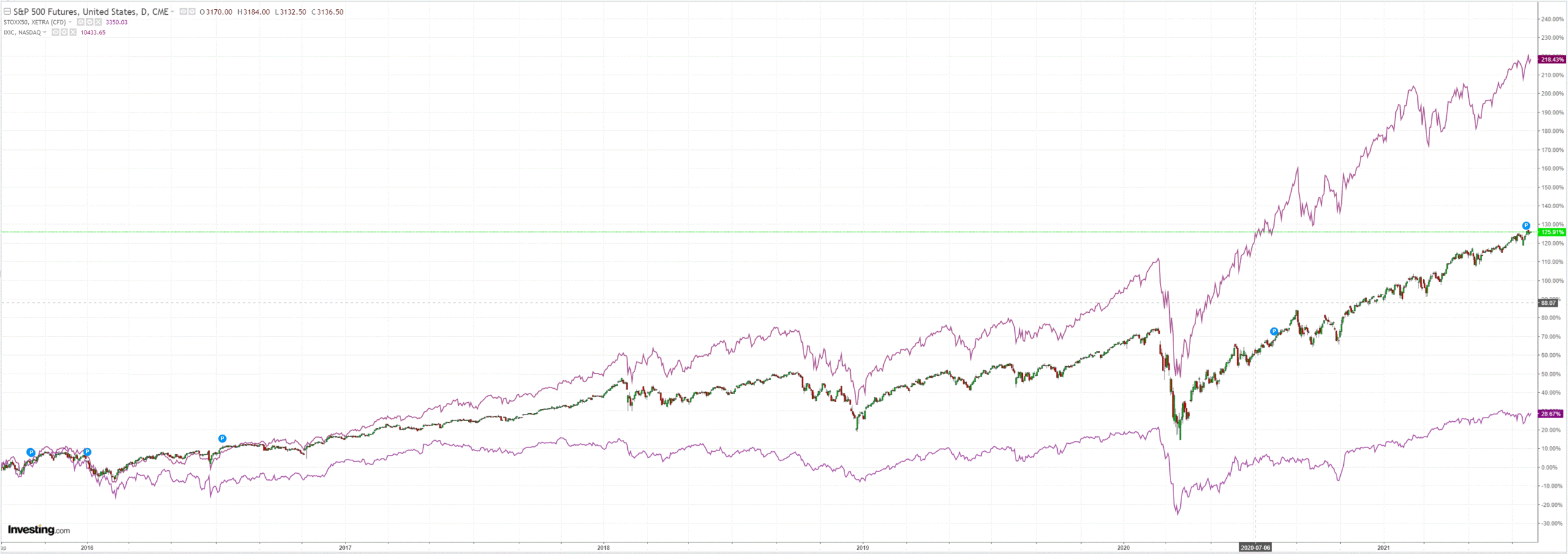
Westpac has the data:
Event Wrap
US GDP in Q2 rose 6.5%q/q annualised, disappointing consensus at 8.5%. Inventories were notably weak, while consumption and business fixed investment were strong. Overall, the report indicates a lagged consumption boom following two rounds of fiscal stimulus during Q1 as well as vaccine distributions. Weekly initial jobless claims of 400k and continuing claims of 3.269m were higher than expected (est. 385k and 3.283m). Pending home sales in June surprised with a fall 1.9% (est. unch), although NAR highlighted that the main reason for the undershoot was that prices are continuing to make record highs.
Eurozone business confidence was strong, with components making multi-year highs.
Economic confidence rose to 119.0 (est. 118.2, prior 117.9), industrial confidence rose to 14.6 (est. 13.0, prior 12.8), and services confidence met estimates at 19.3 (prior 17.9).German CPI in July was above consensus estimates, rising 0.9%m/m (est. +0.6%m/m) and +3.8%y/y (est. +3.2%y/y) – to the highest levels since 2008.
Event Outlook
Australia: Private credit is emerging from a period of softness associated with the covid recession, averaging 0.4% over the past three months. We anticipate a further gain of 0.4% in June, lifting annual growth to 2.4% up from the cycle low of 1.0% in March. The Q2 PPI will be published; to date, upstream price pressures have been surprisingly subdued.
NZ: We expect that monthly residential building consents will remain broadly flat at a high level in June. Consent issuance continues to be supported by strength in house prices and low interest rates. There has been a particularly high level of issuance in Auckland, but strength has been widespread. July ANZ consumer confidence is due, and has been trending higher in recent months.
Euro Area: Q2 GDP is expected to print at a robust 1.5% as Europe bounces back from its double-dip recession. Meanwhile, the unemployment rate should hold at 7.9%, as furlough schemes and the broader recovery support the labour market. The July CPI should hold around the 2.0%yr mark, with much of the recent lift a story of energy prices.
US: The Q2 employment cost index will be a good test of the breadth of wage pressures (market f/c: 0.9%). Personal income will again be thrown around by the stimulus roll-off in June (market f/c: -0.3%), but personal spending should be more robust given the lift in services expenditure (market f/c: 0.7%). The market is looking for a 0.6% rise in the June core PCE deflator, which would push the annual pace to 3.7%yr (from 3.4%). Finally, the July Chicago PMI is expected to edge down to a still-healthy 64.1, after dipping in June on a softer employment component.
Inventory-driven GDP weakness will reverse over subsequent quarters. Here’s Goldman’s take:
Real GDP rose 6.5% annualized in the second quarter—1.9pp below consensus—as reopening-driven consumption strength was partially offset by alarger inventory drag and by sizable declines in construction categories and federal spending. We continue to expect reopening effects and inventory restocking toboost growth in the second half of the year, and we will commence Q3 GDP tracking following tomorrow’s personal consumption details. After incorporating price-relatednews from today’s report, we revised down our June core PCE inflation estimates to+0.43% month-over-month (vs +0.45% previously), implying a year-over-year rate of+3.53% (vs. +3.50% previously, reflecting upward revisions to the June 2020 level)ahead of tomorrow’s release. Initial jobless claims declined less than expected, while continued claims increased against consensus expectations. Continued claims in regular state programs diverged further between states that are and are not ending pandemic-related benefits early.
We’ve had another round of attempted saves in China and the US. Both Beijing and the Fed are deploying the jawbone furiously to keep things inflated. Yet neither has actually done anything material to keep it that way. Indeed, both economies are seeing liquidity and stimulus drain away.
Until that changes, the Australian dollar trend is lower.

